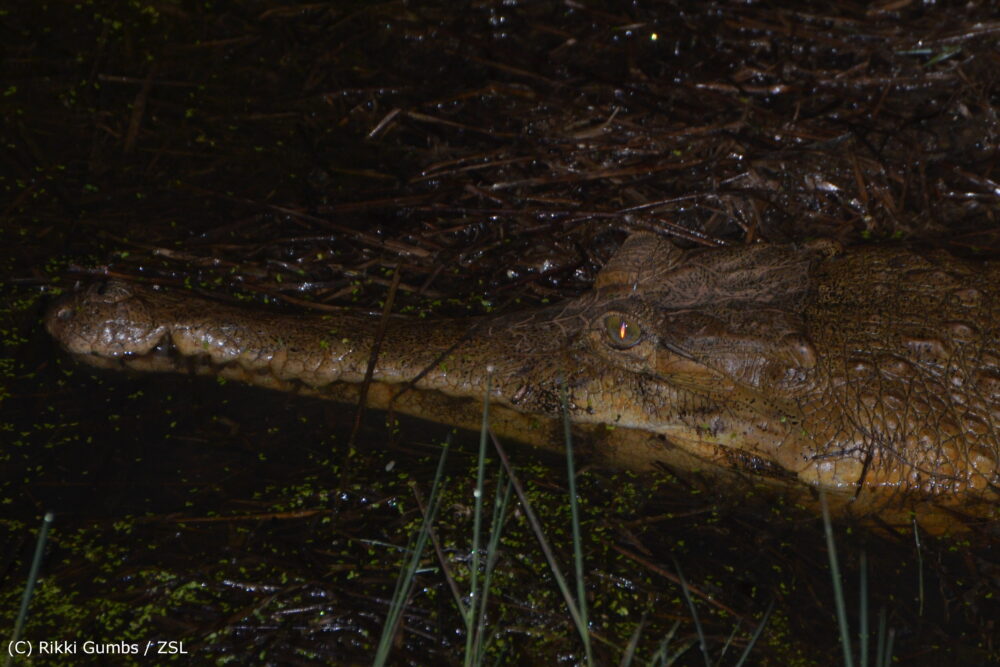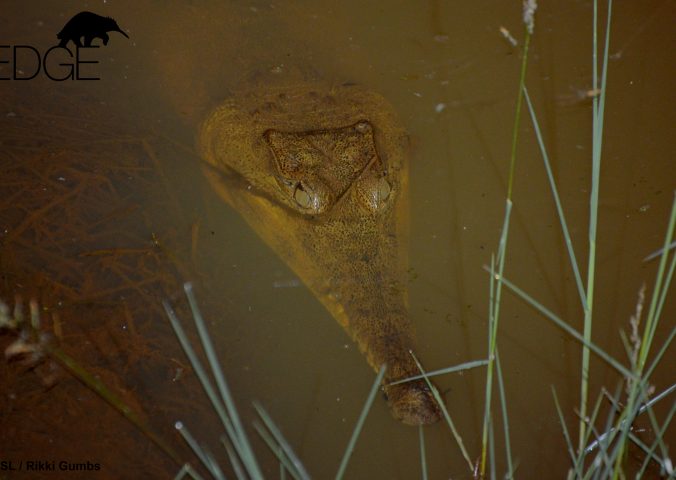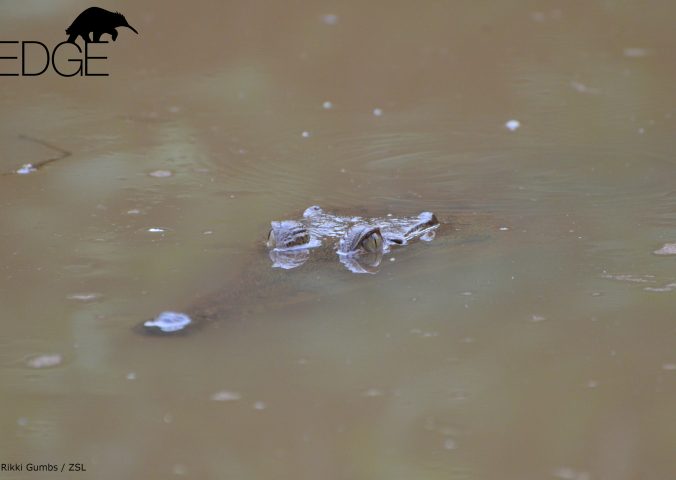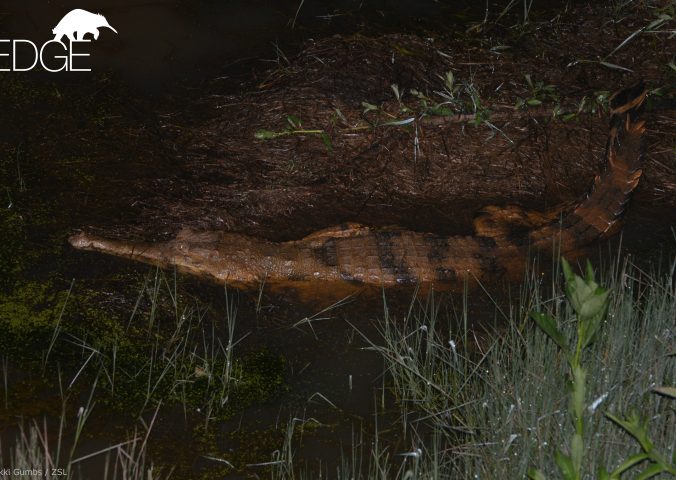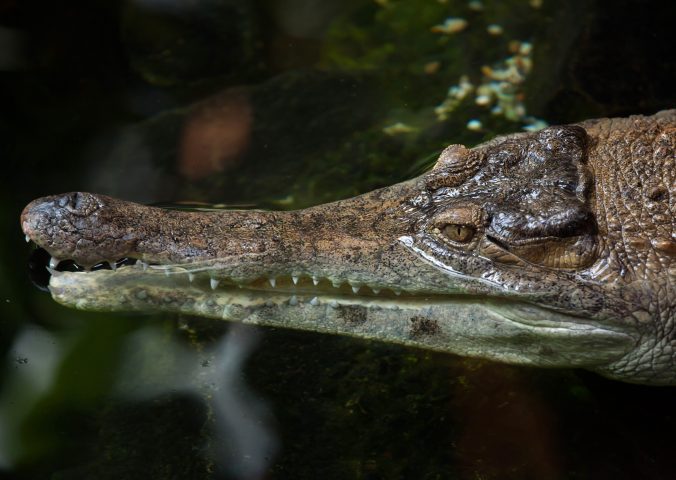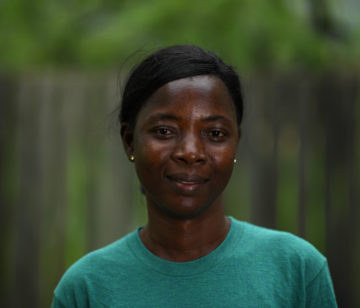About
The West African slender-snouted crocodile is known for its unmistakable long and slender snout, which lacks any bony ridges.
The West African slender-snouted crocodile is a unique, elusive and poorly-known crocodilian. The crocodile has a long, slender snout which is perfectly adapted for capturing fish—the main source of food for the species. Female slender-snouted crocodiles show incredibly attentive parental care after laying their clutch. the mothers will guard their nests until their offspring hatch. Once hatched, the hatchlings begin to make squeaking noises. This triggers the female to uncover the nest, scoop the hatchlings into her jaws and then carry them into water.
Surprisingly, the closest living relatives of crocodilians are birds! The two groups diverged more than 230 million years ago, around the same time as the emergence of their infamous cousins, the dinosaurs. Slender-snouted crocodiles diverged from all other crocodilians more than 20 million years ago, and have been evolving in isolation ever since.
The West African slender-snouted crocodile is a very shy species and is under threat from fishing practices, human disturbance, hunting, habitat degradation and fragmentation across its entire range. The species is listed as Critically Endangered when considering its entire population, from The Gambia in the west to Tanzania in the east. However, recent research has revealed the West African populations of slender-snouted crocodile to be genetically distinct from the Central African populations. The two populations diverged 6-8 million years ago, around the same time humans and chimpanzees last shared a common ancestor.
Consequently, the West African slender-snouted crocodile is now considered a distinct species awaiting formal description. This impending split of the two species means both occur over much smaller areas, and may face a considerably greater risk of extinction than previously thought.
There are currently very limited conservation actions targeting this species, although there are some national parks being established within their range. There is also a recently renewed initiative to develop captive breeding and reintroduction programmes in certain parts of the range.
- Order: Crocodylia
- Family: Crocodylidae
- Population: 1,000-20,000
- Trend: decreasing
- Size: 4 m (?)
- Weight: Unspecified
EDGE Score
Distribution
This species is found throughout Central and Western Africa, from Lake Tanganyika in the east to the Gambia River in the west. However, it is likely that the species will be split into two, with the West African population becoming a distinct species. It occurs from sea level up to 600 metres altitude.
Habitat and Ecology
This species lives in forested rivers and other densely vegetated bodies of water such as freshwater lagoons. Females lay around 16 eggs at the start of the annual wet season in mound nests. Young tend to feed on small fish and invertebrates, adults are primarily piscivorous but have been observed eating mammals, turtles and birds.
